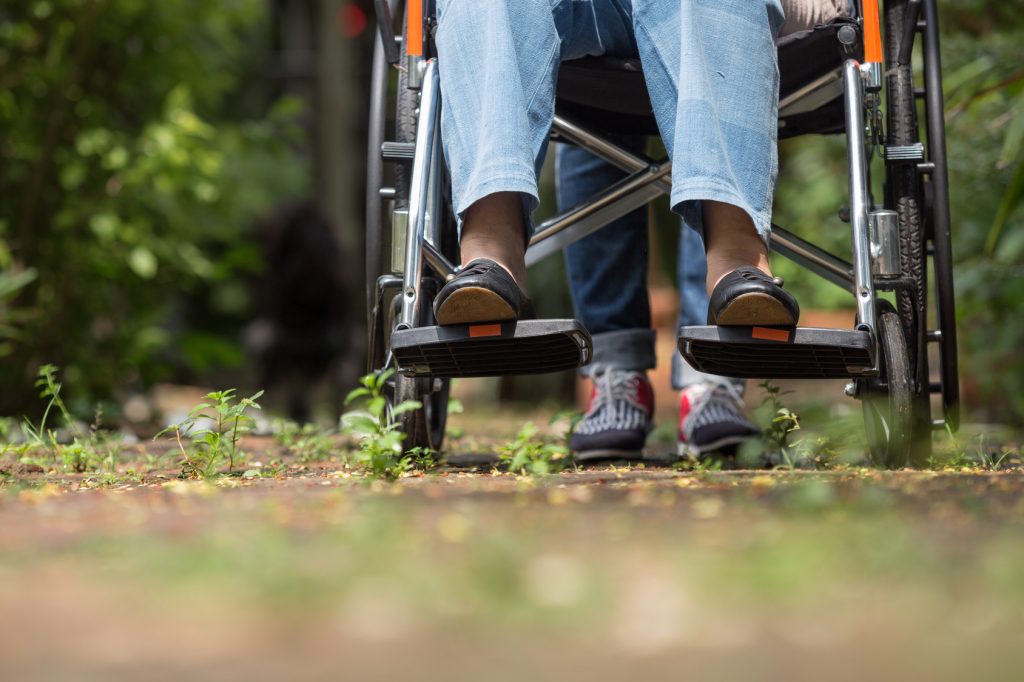Female PAs Still Paid Less than Male PAs
Female PAs earn $.91 to every dollar male PAs earn according to the newly released findings from the AAPA’s annual salary survey.
New Codes Relating to Social Factors Proposed
New codes have been proposed relating to social determinants, also known as the non-medical factors in a patient’s life that have an impact on their health.
Had a Tough Shift? Here’s 5 Ways to Recover.
Nursing is a hard job to begin with, but some days are harder than others. Here are five ways to help put that extra tough shift behind you and move forward.
2019’s “Best Hospitals” Announced
U.S. News & World Report has released their 30th edition of the Best Hospitals in the United States. Take a look at which hospitals scored top marks.
Where Are You Most Needed? 6 Nursing Shortage Facts.
The nursing shortage is a growing problem that’s putting serious pressure on nursing staff around the country. Here are 6 facts to know about it.
More Doctors on the Way, as Med School Enrollment Exceeds Goals
As the physician shortage continues, it’s promising to know that medical school enrollment has outpaced growth goals. But the crisis isn’t over quite yet.
A PSA on How to Address PAs
A physician assistant took to Twitter this week to offer up a PSA on how to address PAs, something that many still manage to bungle.
Telehealth Is on the Rise
Telehealth is gaining in usage, says a new report, but there are still some barriers in place that are hindering wider implementation.
Nursing Career Changes and the Soul
Nursing involves soul work—the desire to serve, to give back, to help—and that, too, can be a reason for a career change, not just salary or advancement.
5 Reasons to Give Travel Positions a Try
For those with a sense of adventure, travel positions need no other selling point. If you don’t have a natural love of travel, though, here are five other reasons to consider travel assignments.





